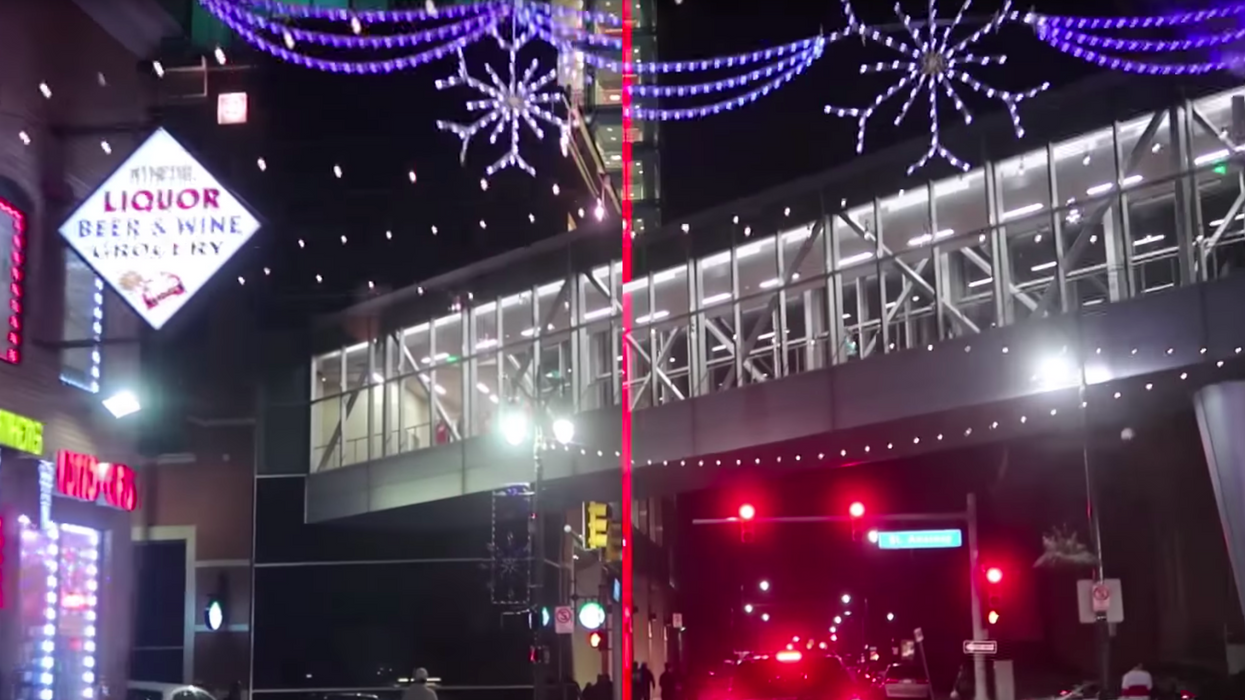Premiere's Warp Stabilizer Effect Can Actually Be Effective—Here's How
Shaky footage? Don't fret.

Premiere's infamous Warp Stabilizer, built to correct unwanted camera shake in post, can lead to mixed results. Many editors stay away from warp stabilizers, but we've been noticing them more and more even on big budget feature films. Post-stabilization usually means resolution loss, frame interpolation artifacts, and wavy footage, but it can be a lifesaver when applied subtly. This basic intro to warp stabilizer from Justin Odisho will help you understand where to start and how to maximize the usefulness of the commonly used effect.
When I use Warp Stabilizer, I tend to bring my smoothness to below 20% and try to keep cropping to a minimum with the "Crop Less <--> Smooth More" function. One of the things people forget about Warp Stabilizer is that you can make handheld shots with minimal movement into a tripod shot with the "no motion" parameter. For somewhat more in-depth video on getting the most out of your Warp Stabilizer, see Story & Heart's tutorial (2/4):
There are more powerful software alternatives to Adobe's box-ready Warp Stabilizer that some editors prefer (like ReelSteady), but—for a free effect—it's hard to argue with. As with most post-production issues, the subtler the need for correction, the more effective it will be.












